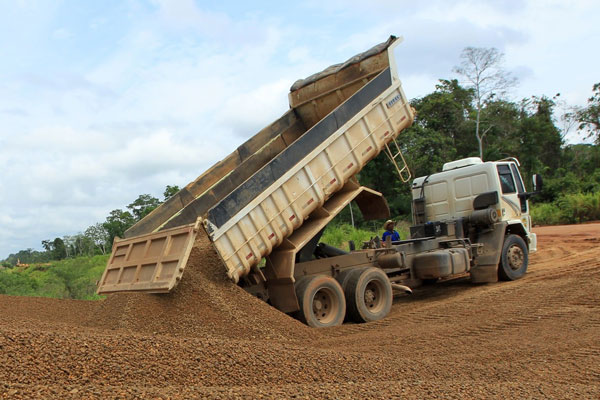Ontario regulations concerning removal, transportation and storage of excess soil from building sites have been evolving since their inception in 2019.
The regulations, known as R406/19, move to their third and final stage on Jan. 1, 2025. That’s only four-and-a-half months away.
However, evidence suggests many in the soil industry are neither prepared nor understanding of the rules. Some may simply be turning their backs.
The Ontario government website describes excess soil as “soil that has been dug up, typically during construction activities. It must be moved off-site because it can’t or won’t be reused at the development site.”
R406/19 reclassifies excess soil as a valuable resource to ensure it doesn’t go to waste, while providing clear rules on its management for possible reuse.
Effective next year, excess soil can no longer be landfilled like garbage, except for beneficial uses in support of the landfill or if declared by a qualified person to be “unsafe” for placement at a reuse site.
Critical to R406/19 is the provincial registry that logs excess soil movement during three key steps; its generation, transport and final storage location.
Unfortunately, soil industry leaders are concerned the registry is not being utilized as proposed, and that the Ontario Ministry of Environment, Conservation and Parks (MECP) has been soft on enforcement.

Industry sources tell the Daily Commercial News that economics can influence the behaviour of those responsible for excess soil generation, removal and storage. Landfills have been an easy option in the past for project owners and those hired to move the material away.
Sometimes landfills are conveniently close to the construction site. Perhaps questions have not always been asked by landfill operators about soil composition. This can save money. On the other hand, using the registry triggers a fee, as does composition testing. If there’s a corner to be cut in order to win a bid, there’s a possibility corners will be cut.
With pressure shifting to landfill operators on Jan. 1, those who previously accepted excess soil without question may be unwilling to do so. If caught failing to apply the rules and register incoming excess soil, landfill licences could be at risk.
“It’s not easy to get those licenses,” the Daily Commercial News was told. “They (landfill operators) may become the gatekeepers in a very literal sense.”
The Daily Commercial News asked the MECP about the level of readiness among soil industry participants ahead of the Jan. 1 restrictions, and the current level of enforcement of the excess soil regulations and usage of the registry.
These questions arose due to the apparent built-in disconnect between the Excess Soil Registry and the enforcement of R406/19 provisions because of the involvement of two separate ministries.
The Resource Productivity and Recovery Authority operates the Excess Soil Registry under the MECP. The ministry is responsible for regulatory enforcement. One result is that few fines or penalties have been issued.
“Where non-compliance is identified, ministry staff employs a variety of tools to ensure that the responsible party is taking appropriate measures to bring their operations into compliance,” MECP senior issues and media adviser Lindsay Davidson answered.
As far as the failure to put into law the administrative penalties created in 2022, Davidson said, “feedback from consultations is being reviewed to make sure concerns that were raised are addressed in the proposed regulatory framework and implementation approach.”
He admitted, “stakeholders have been indicating that awareness and understanding of this (Jan. 1) provision is limited.”
The ministry’s efforts have therefore been focused on “education and outreach webinars.”
Sadly, continued non-compliance with R406/19, combined with lacklustre regulation enforcement, could see occurrences in Ontario similar to those reported in Quebec.
Truckloads of contaminated soil from a Beaconsfield construction site have allegedly been dumped into the Ottawa River on Kanesatake First Nation territory. The band has filed a complaint but is not confident any action will be taken.
John Bleasby is a freelance writer. Send comments and Climate and Construction column ideas to editor@dailycommercialnews.com.



Recent Comments